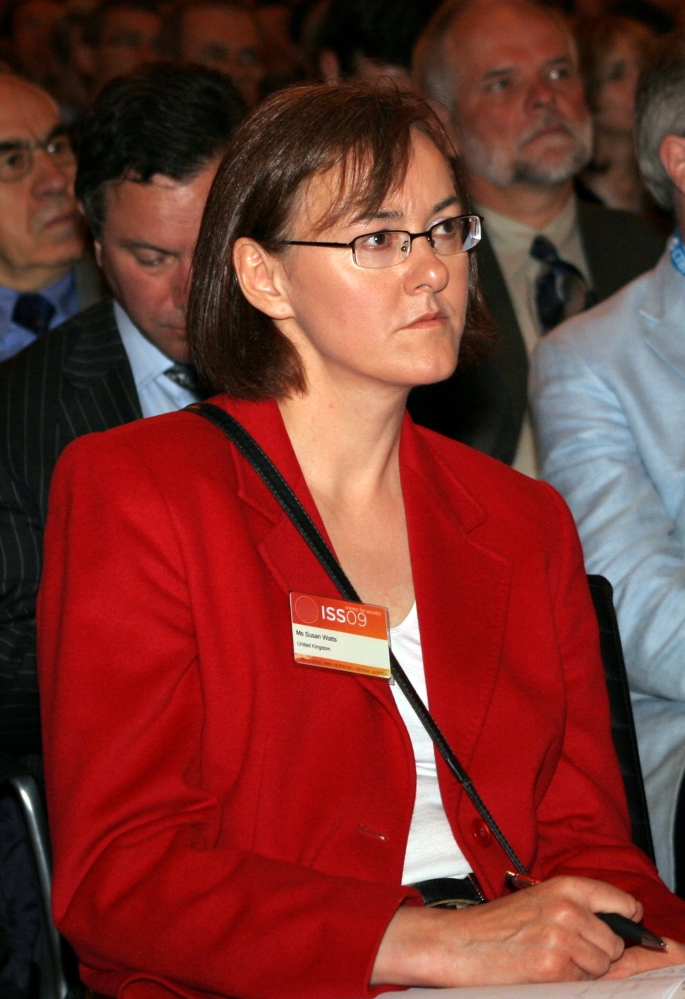Over 1 million people are expected to have dementia in the UK by the year 2025, according to Alzheimer’s UK. Dementia describes various brain disorders that mean someone has lesser brain function, the most common of which is Alzheimer’s which affects 62 per cent of those diagnosed.
There is no current cure for dementia of any kind, and two thirds of the costs incurred by the disease are paid by patients and their families. Despite this, the government invests eight times less in dementia research than it does for cancer research. Take a look at Mo’ Money Mo’ Science post about the statistics here.
“It’s not that anyone thinks we should be spending less on cancer,” says Dr Sebastian Crutch, a neuropsychologist from the UCL Institute of Neurology. “It’s just that I think traditionally it’s quite an underfunded area, particularly in terms of socio-economic costs.”
We are often told by the government and NHS that we have an ageing population in the UK. Despite this, Dr Crutch believes that there is a lot of catching up to do in terms of dementia research. He says that research is generally around 20 years behind cancer research and social attitudes are similar as well. In previous generations, there was a stigma about dementia and it was often not talked about within families, as well as there being a lot of denial about the situation.
“I think now we’re much more inclined to talk about [dementia],” he says. “More people are getting it so more people will be increasingly aware of the priorities.”
In terms of funding, Dr Crutch believes he is in quite an enviable position, as he holds a fellowship from Alzheimer’s Research UK and the work in his group is quite translational. His research projects surround finding ways of improving the cognitive function of people with or at risk of dementia. For example, the Seeing what they see project aims to help people that are suffering from the visual problems associated with dementia, like hallucinations, falls and poor diet.
“Many of our research projects have an explicit patient benefit or at least patient involvement,” he explains. “So I think that’s quite an attractive point for funders.”
While some researchers might find it more of a challenge to show why they are researching something, “It’s easier for us to say what the impact or benefit will be for someone with dementia.” Nevertheless, Dr Crutch is confident that it researchers have a better chance now than there’s ever been to get funding thanks to raised awareness and understanding of degenerative brain diseases.
Dr Crutch also researches early-onset dementia, which he believes is an important area of research because services are sparser for younger people.
“Getting dementia in older age is obviously awful,” he says. “But if you’re working, got a mortgage to pay, your kids are at home, I think the impact is that much graver.”
He explains that there’s a real scientific benefit to working with younger people with dementia, as understanding the symptoms they are experiencing is that much less complicated.
“[Patients] are that much less likely to have strokes or associated vascular problems that older people would have,” explains Dr Crutch. “It makes it easier to paint a picture of the disease itself rather than just complications of their ageing.”
65000 are below the age of 65 when they get their first signs of dementia. Not only is dementia research important for an ageing population, but for younger patients too.
Alzheimer’s UK aims to increase their annual investment in research to more than £10 million by 2017, which is promising for researchers. One can only hope the Government catches up soon too.

